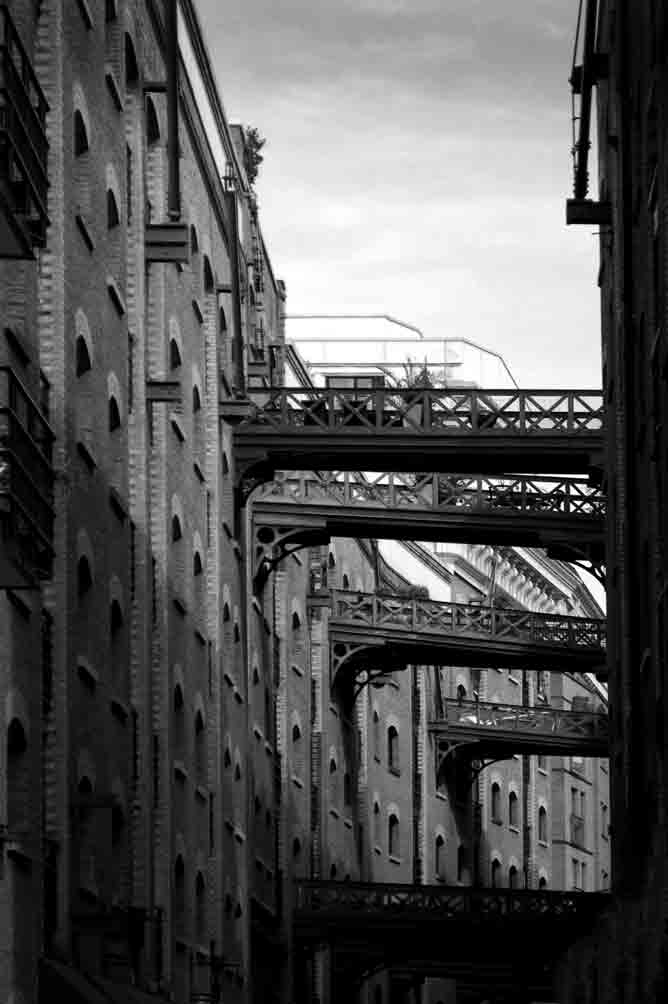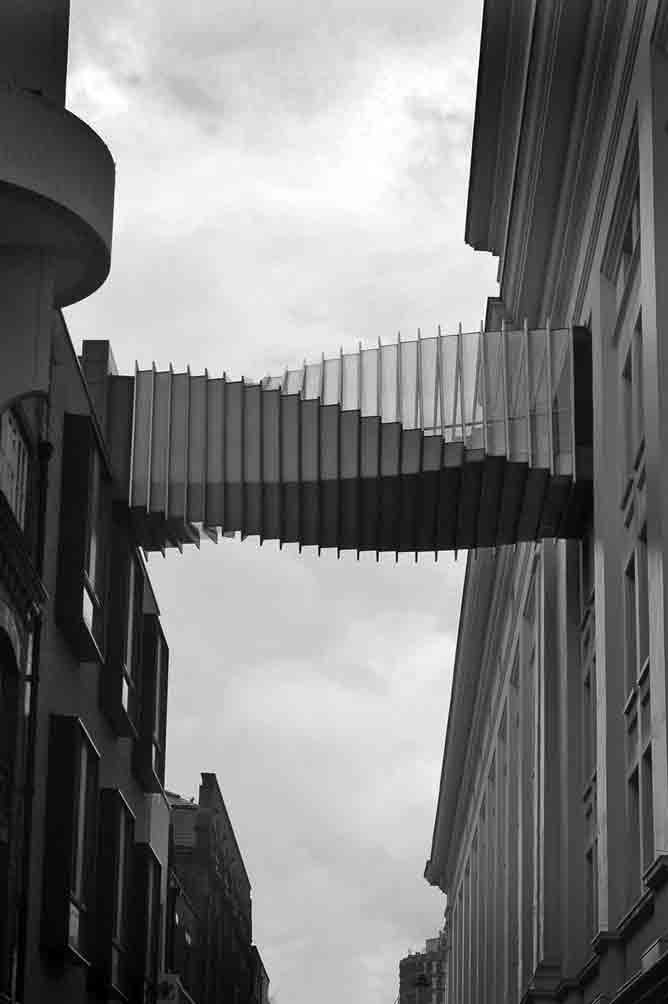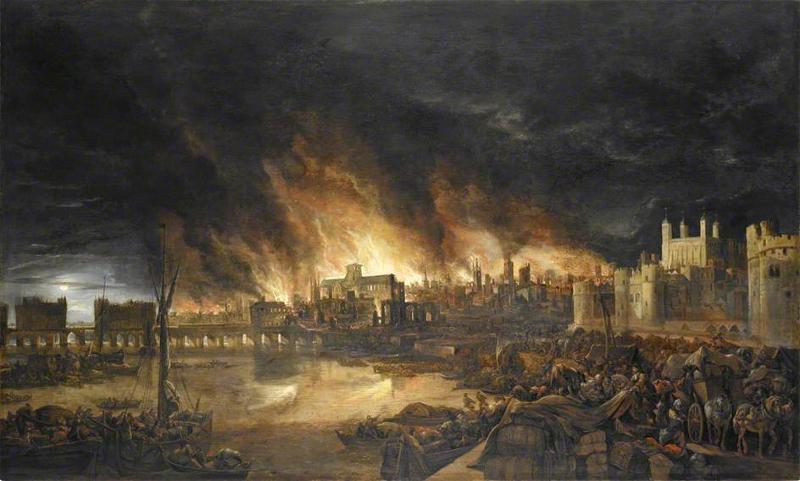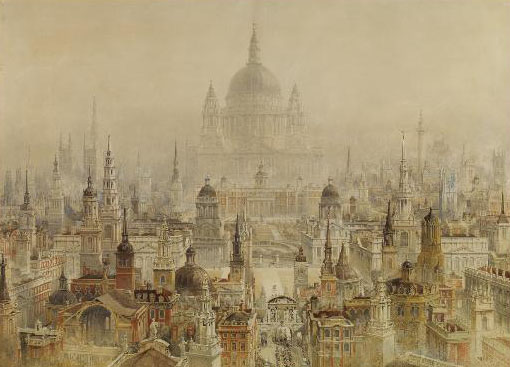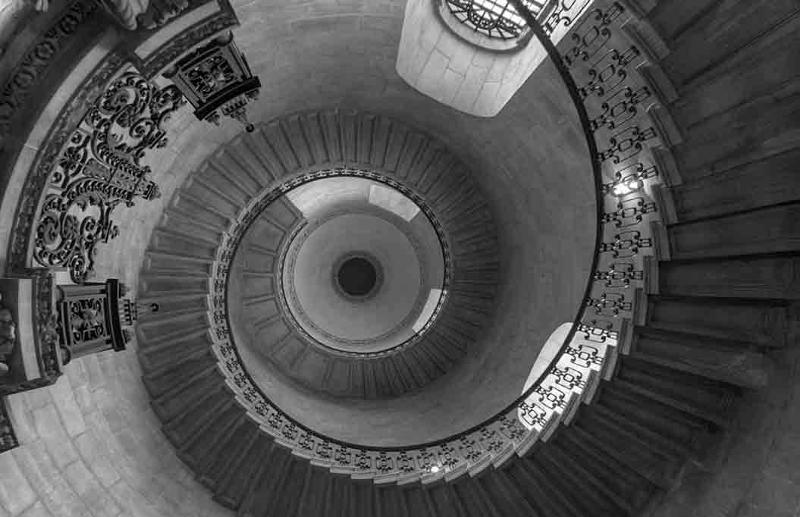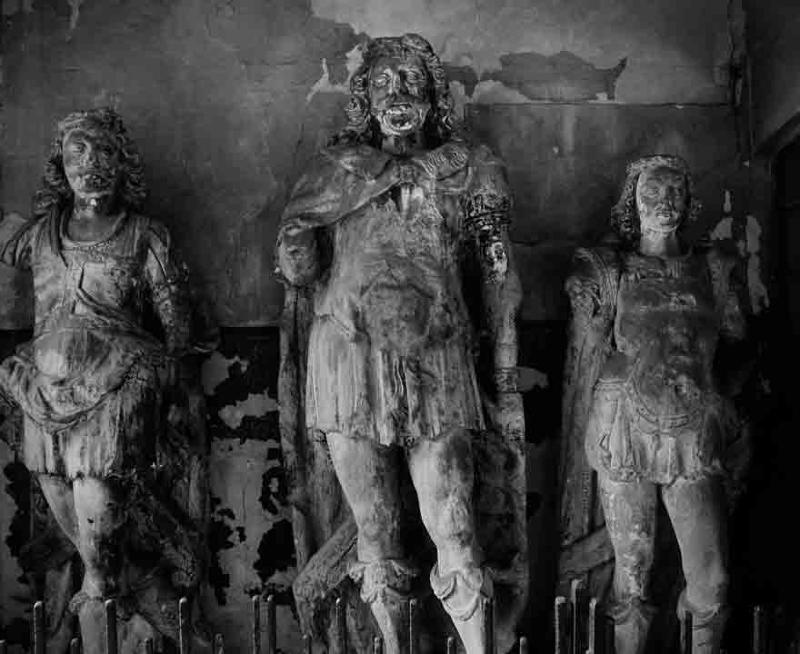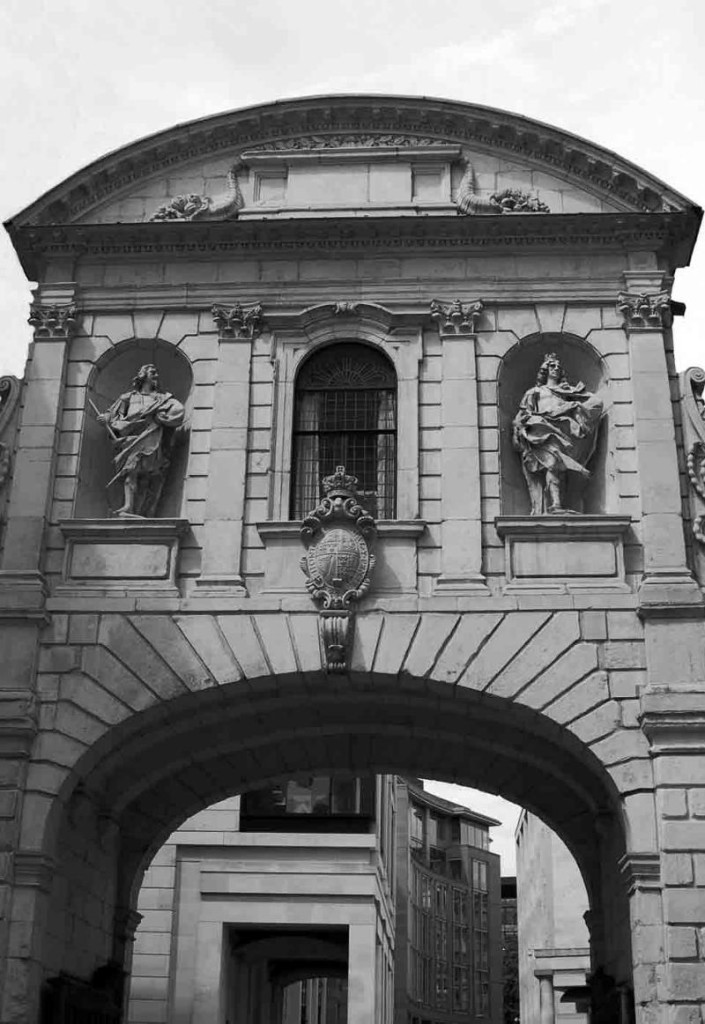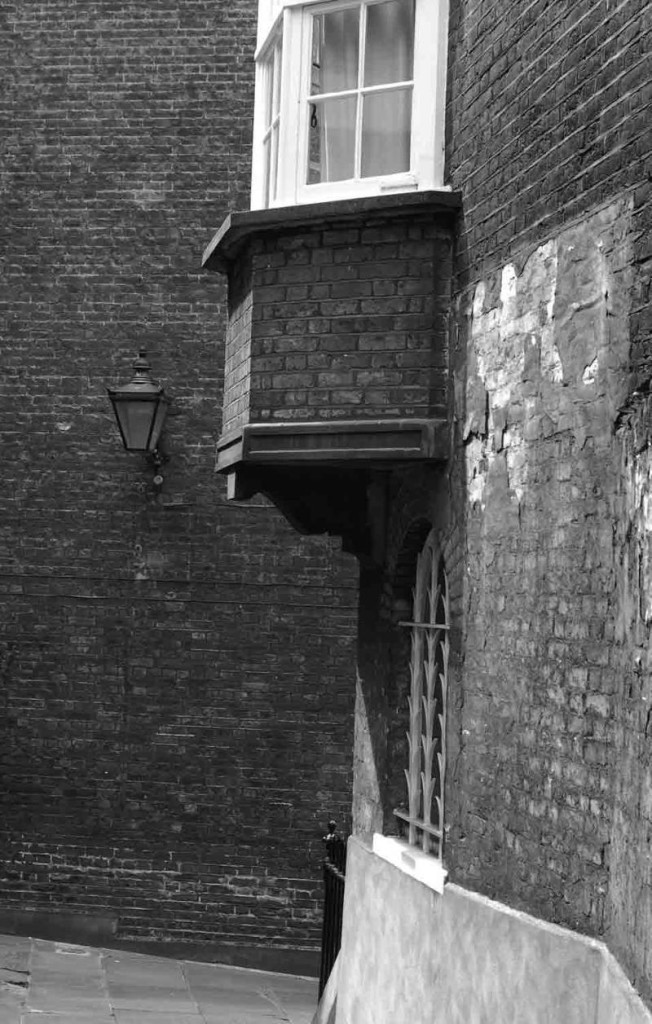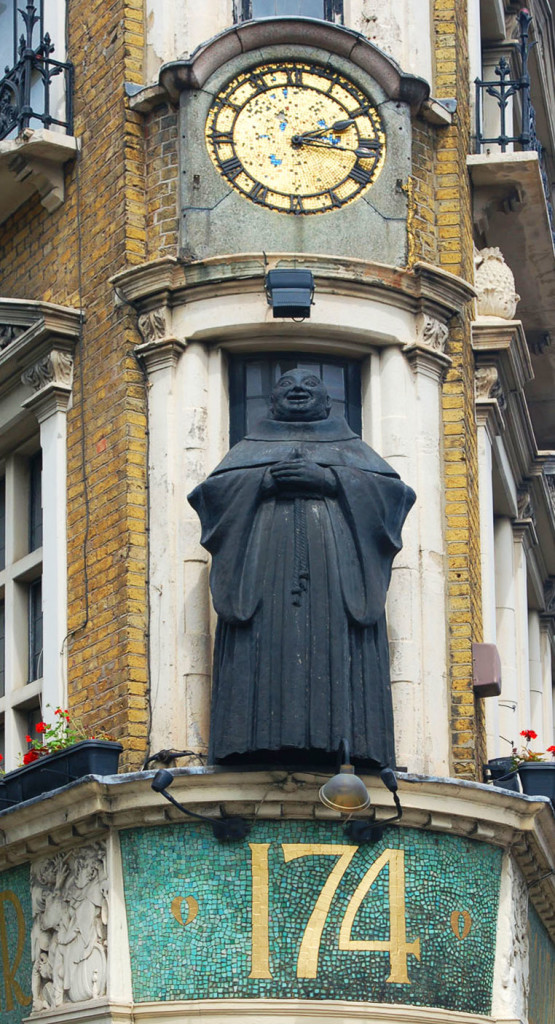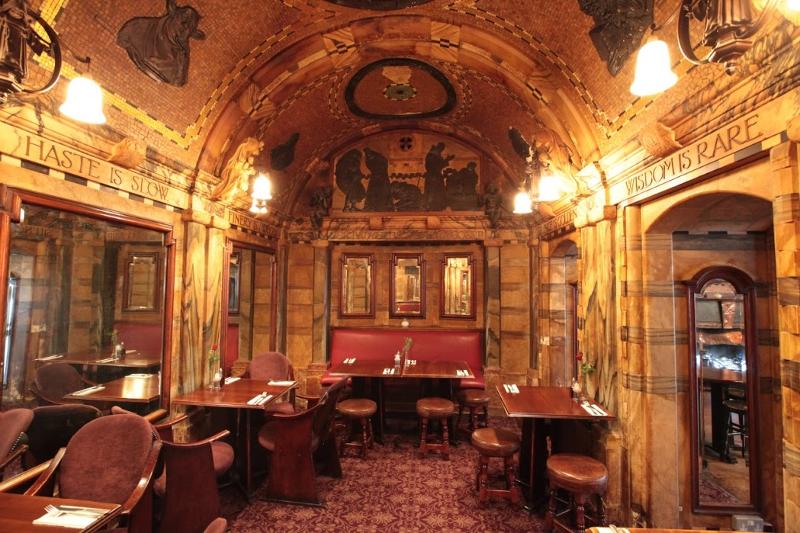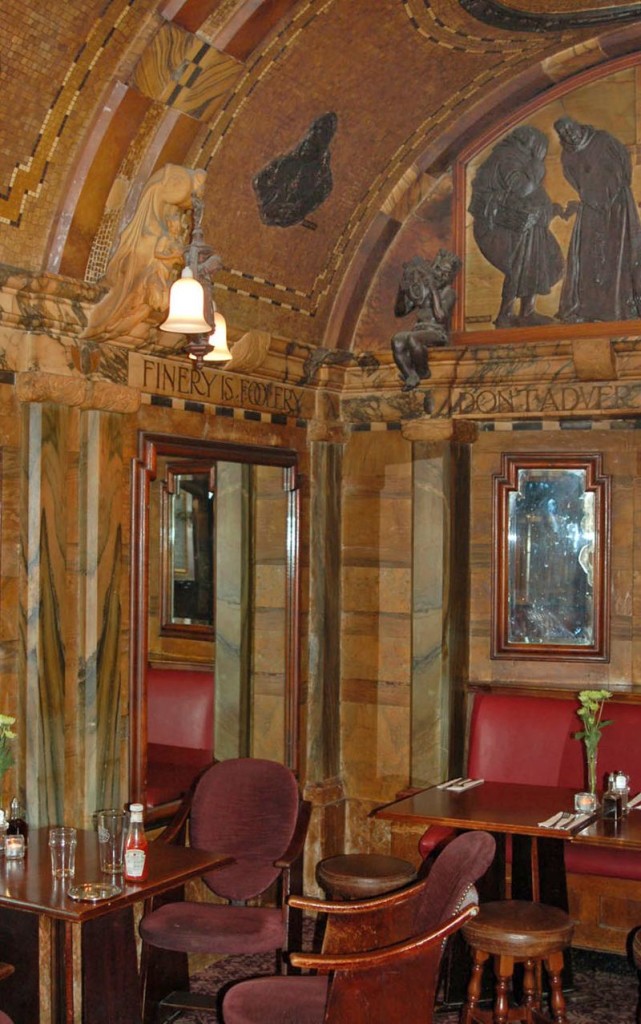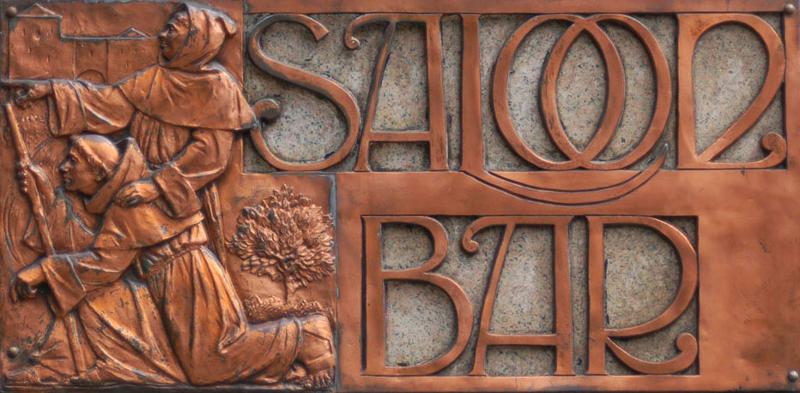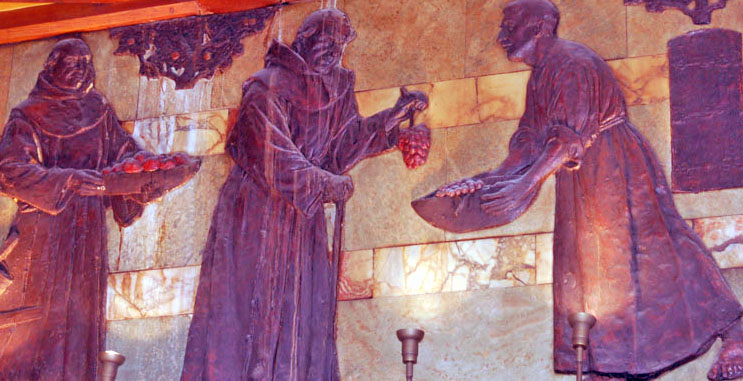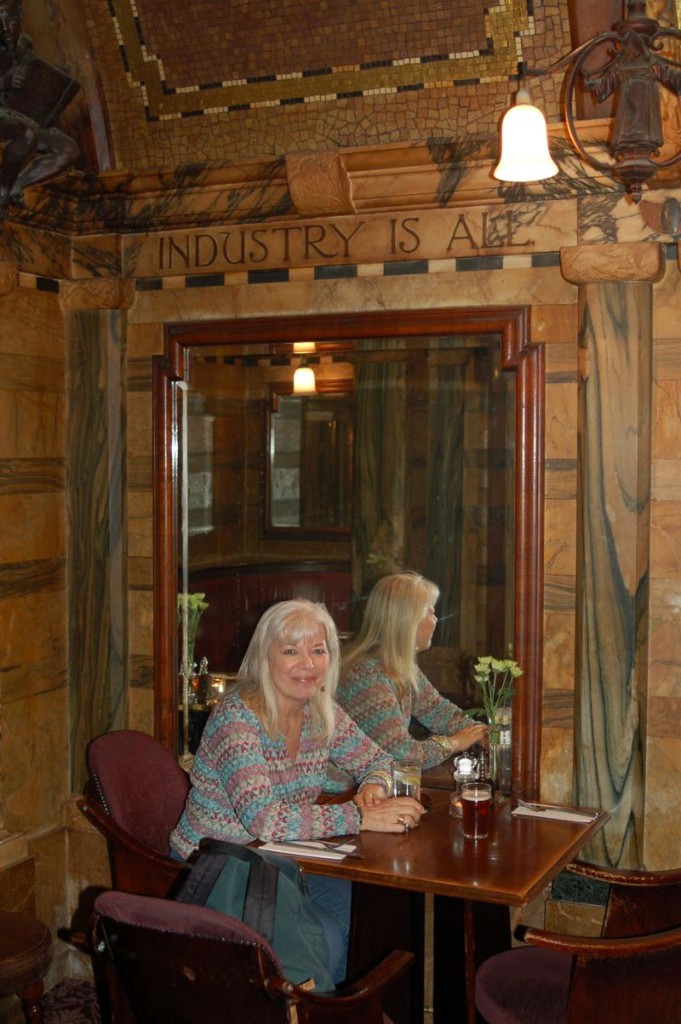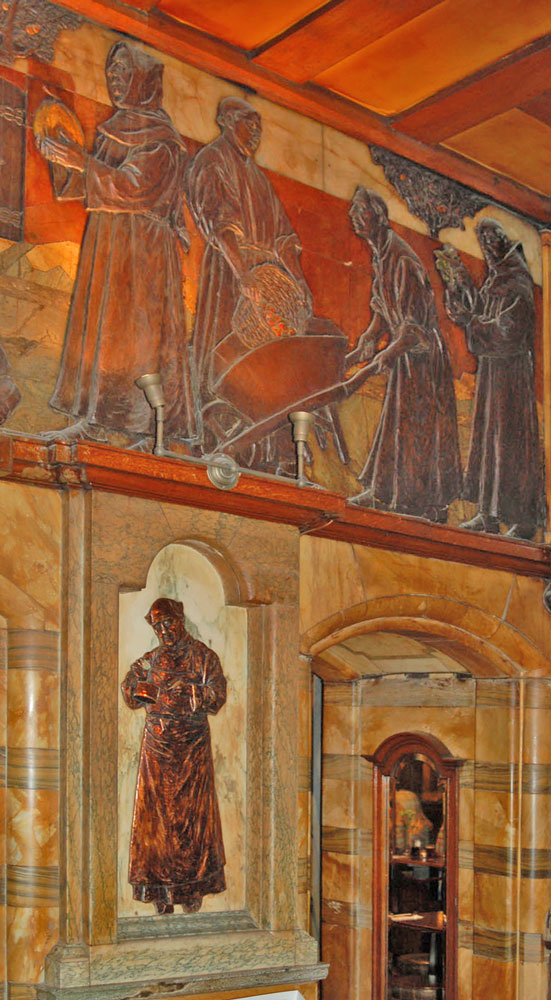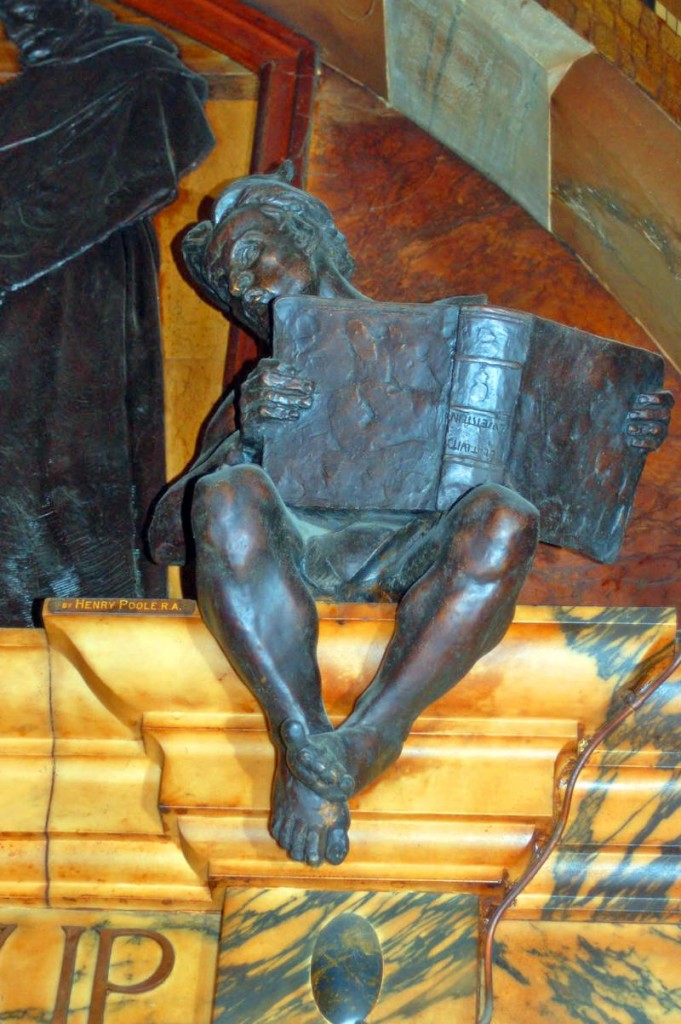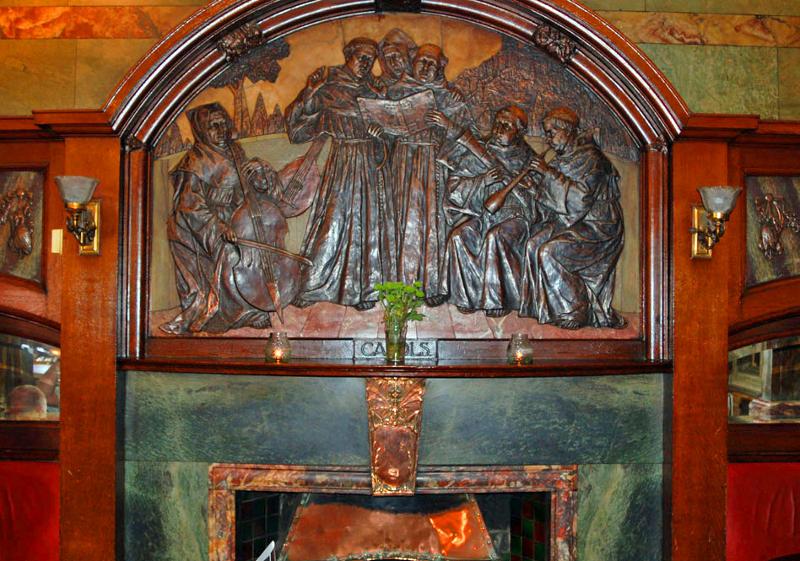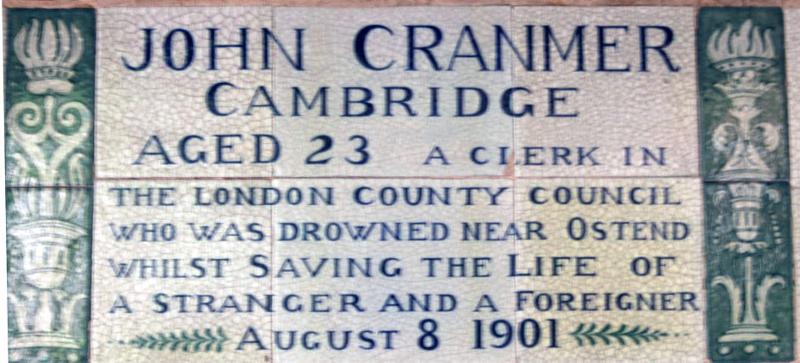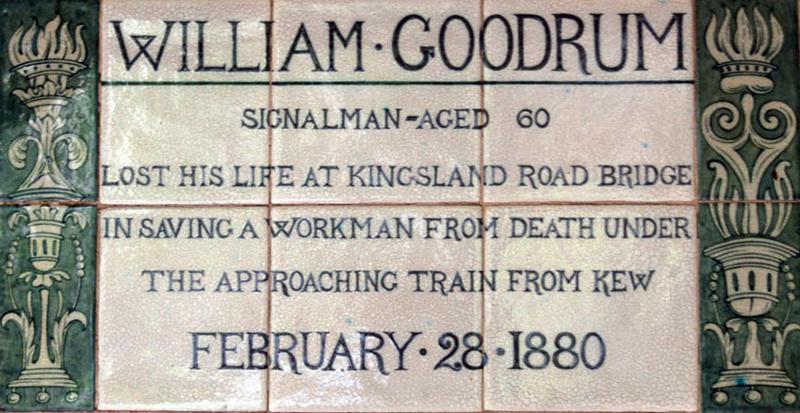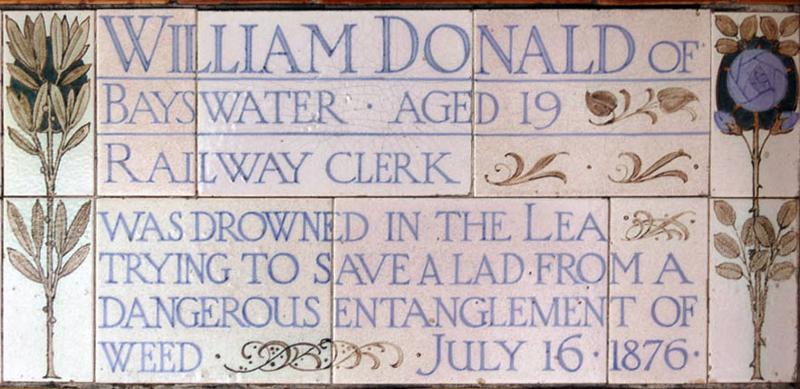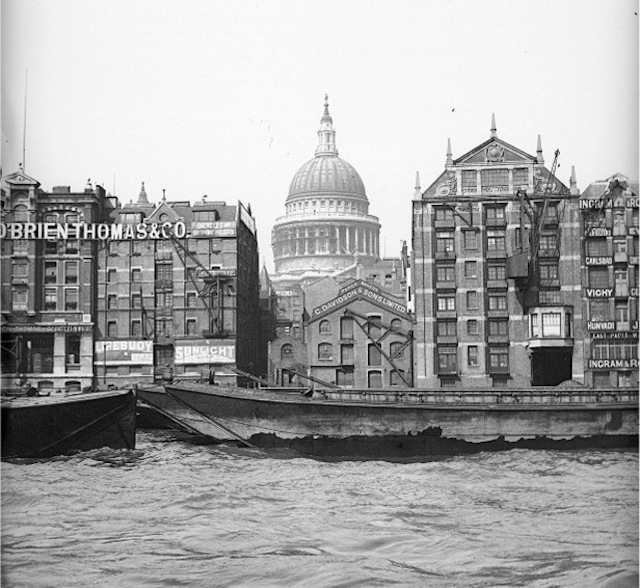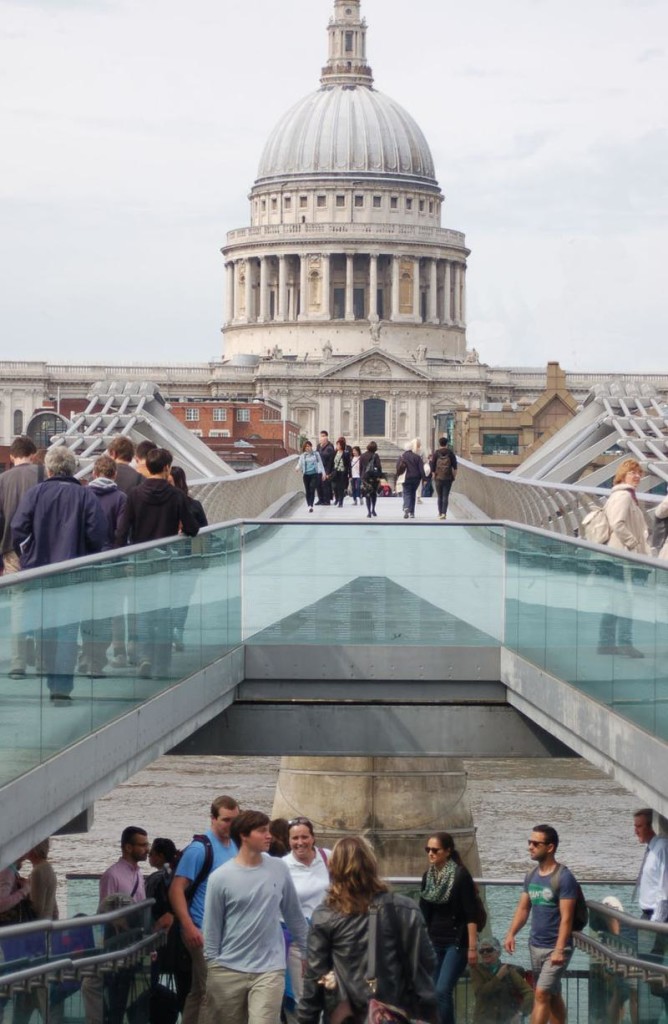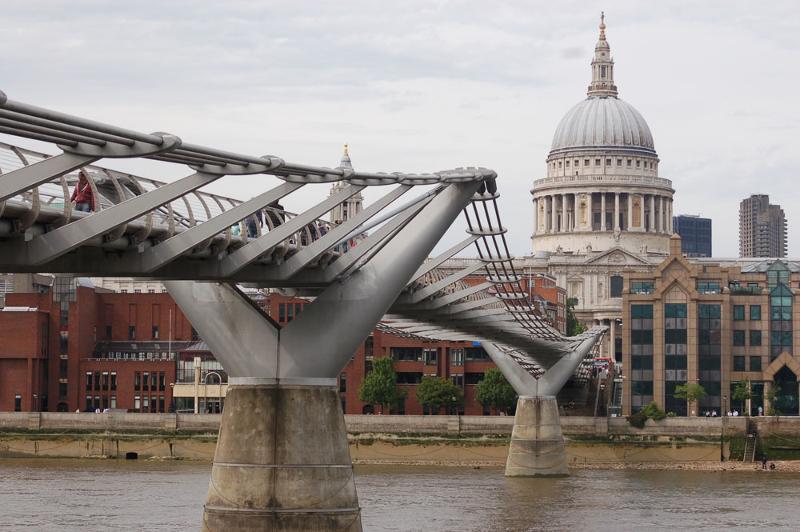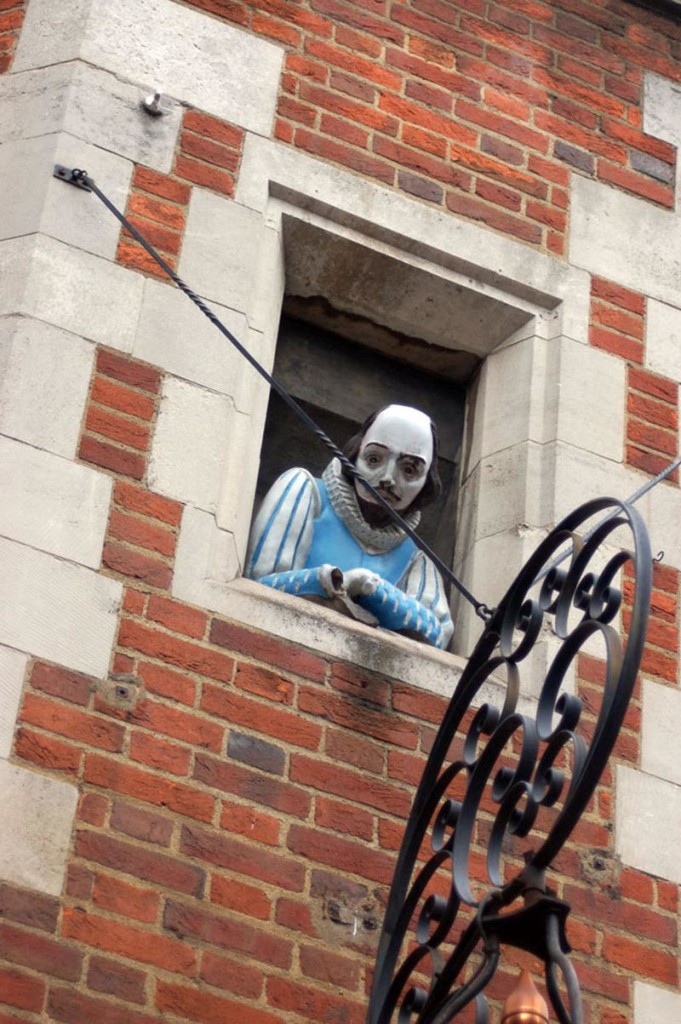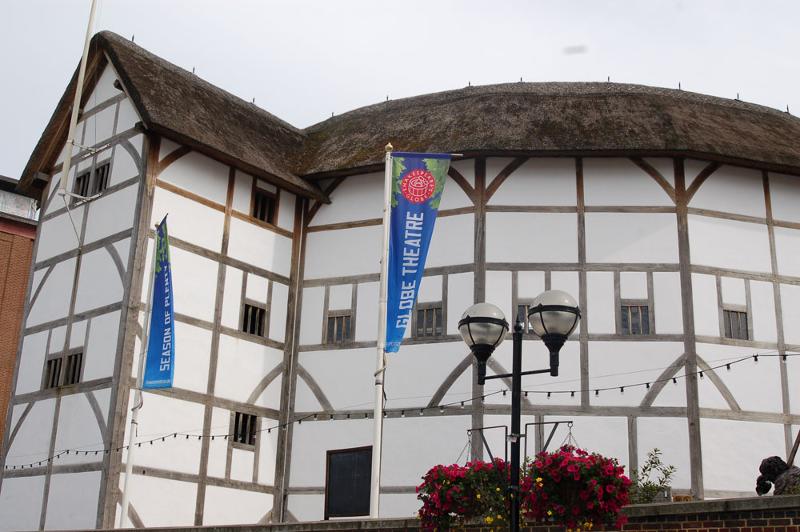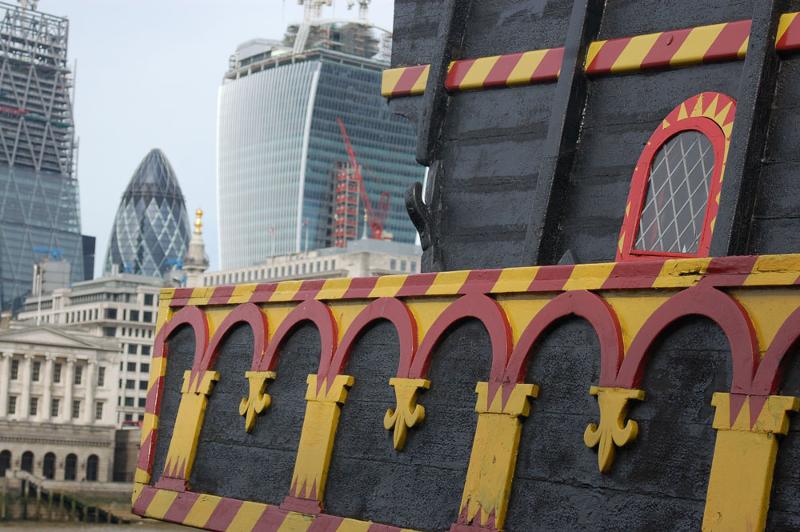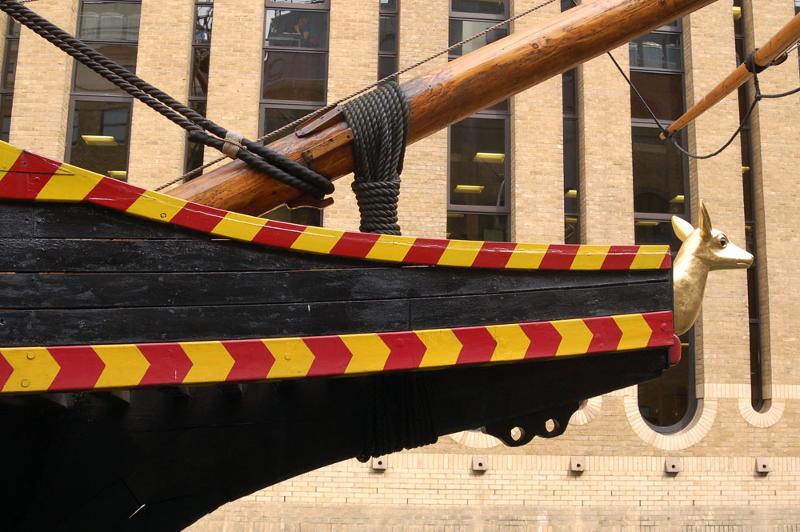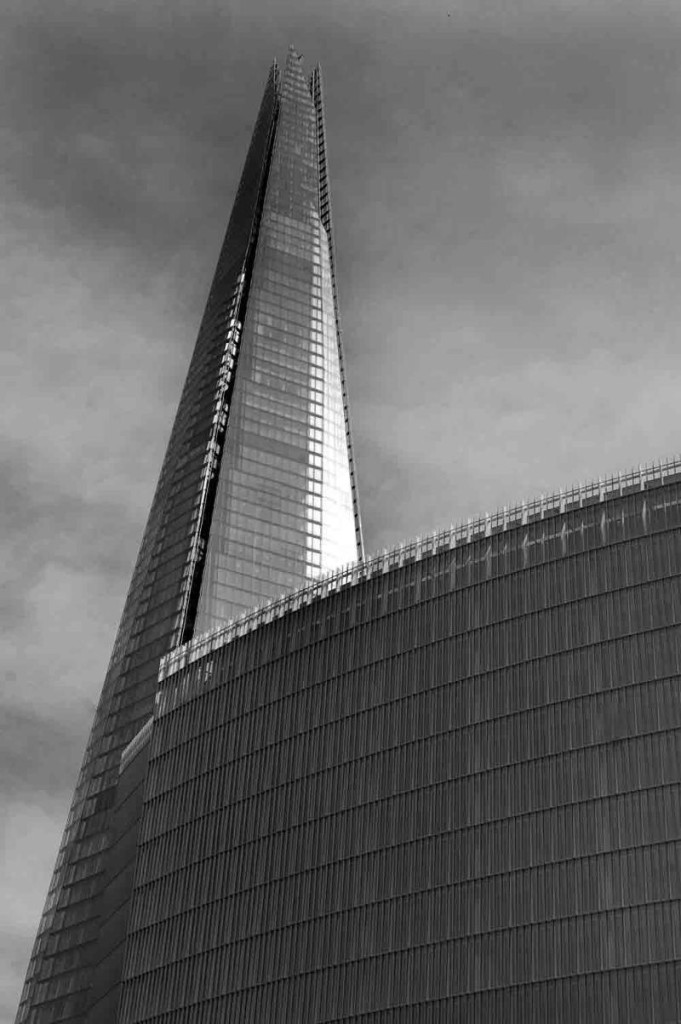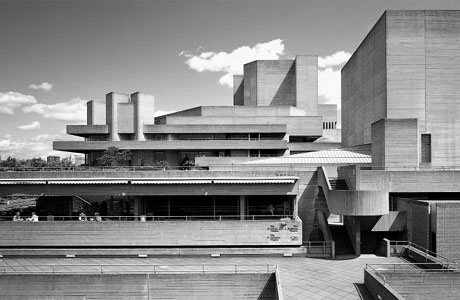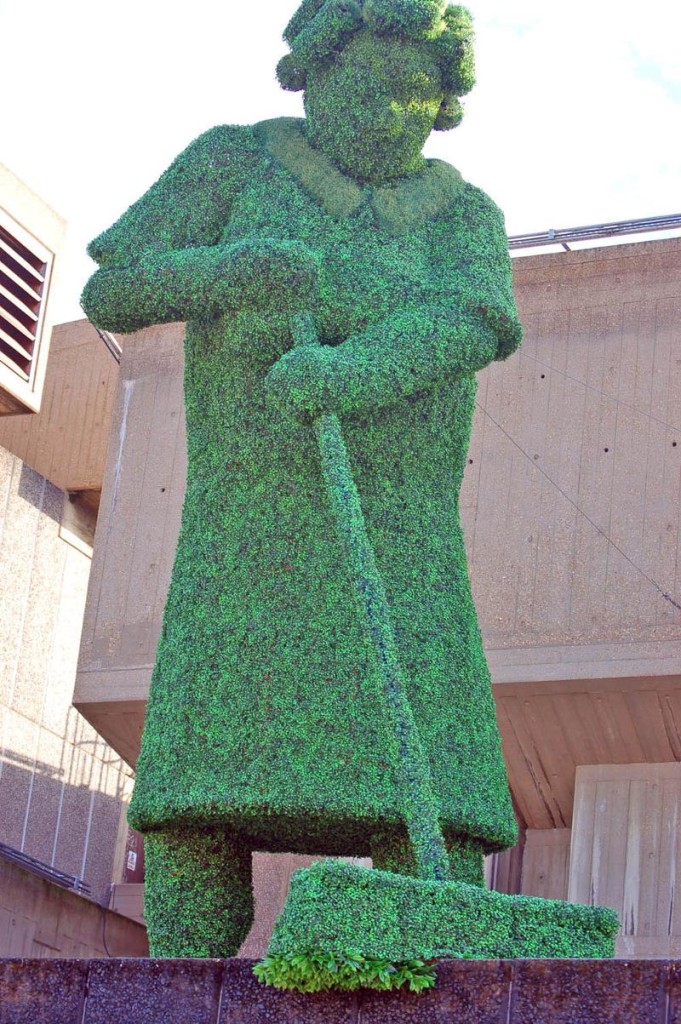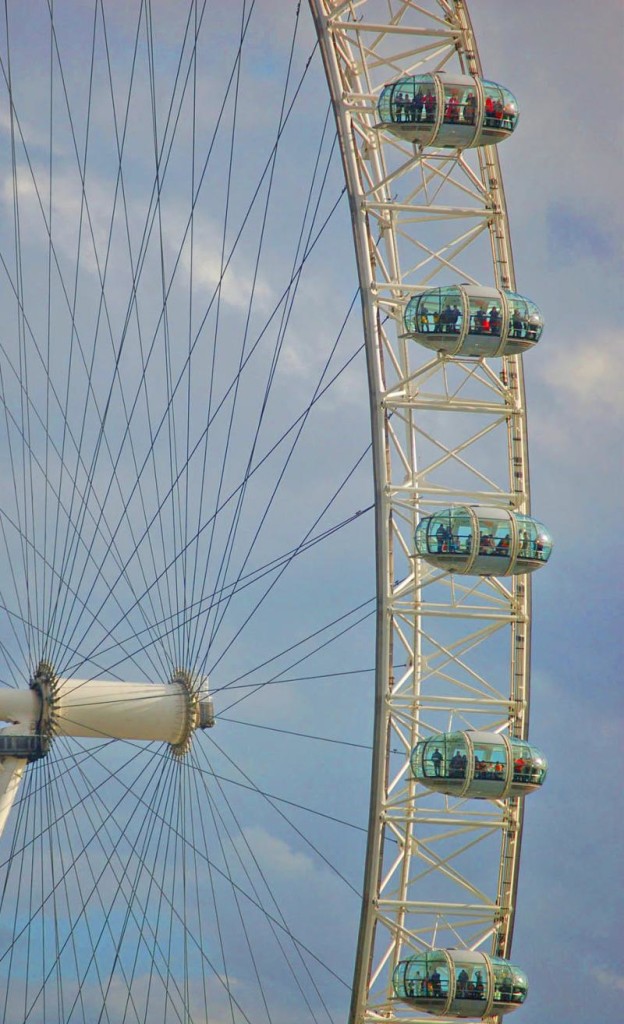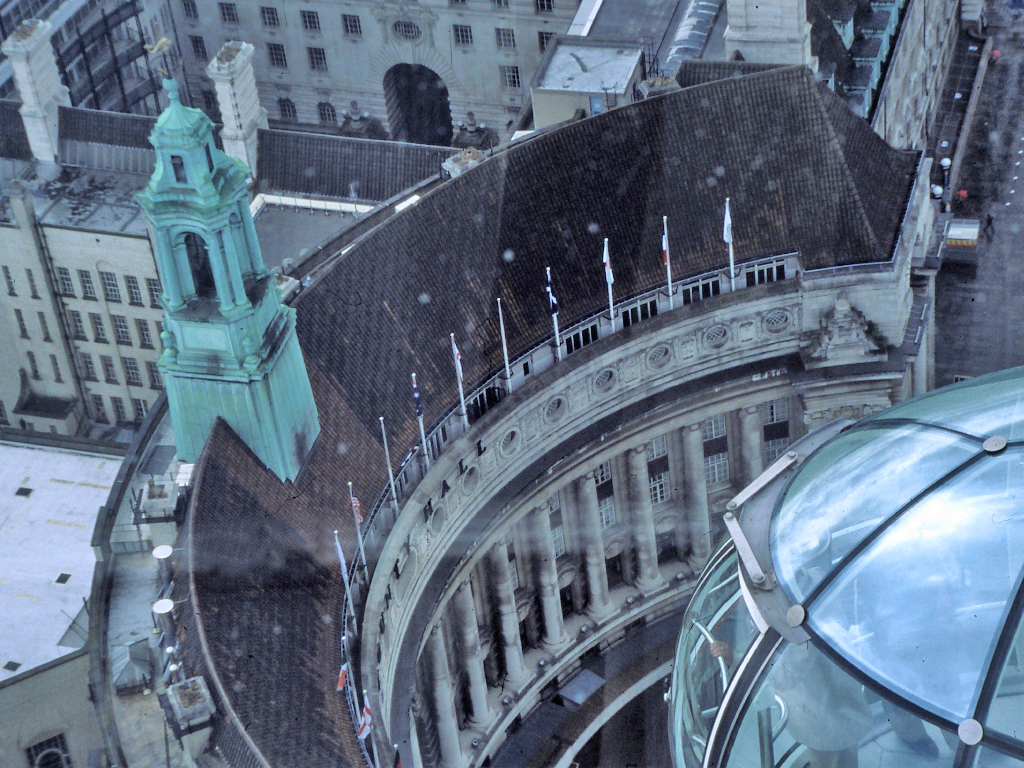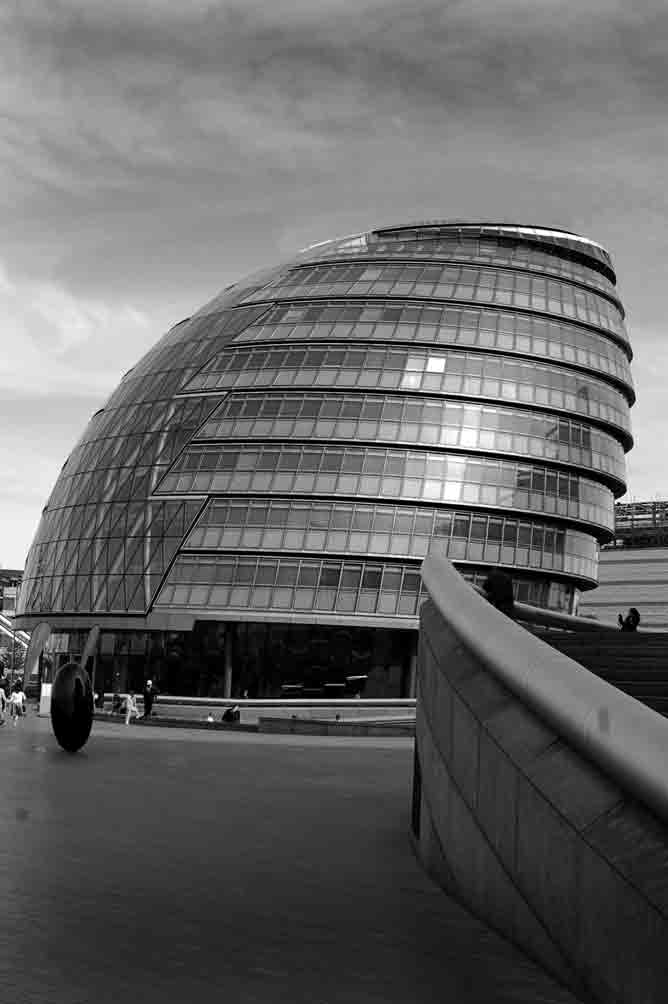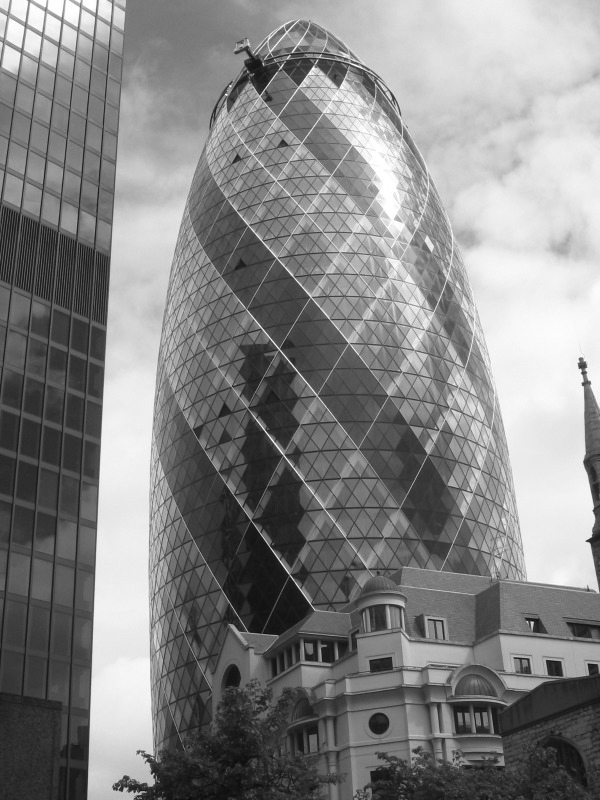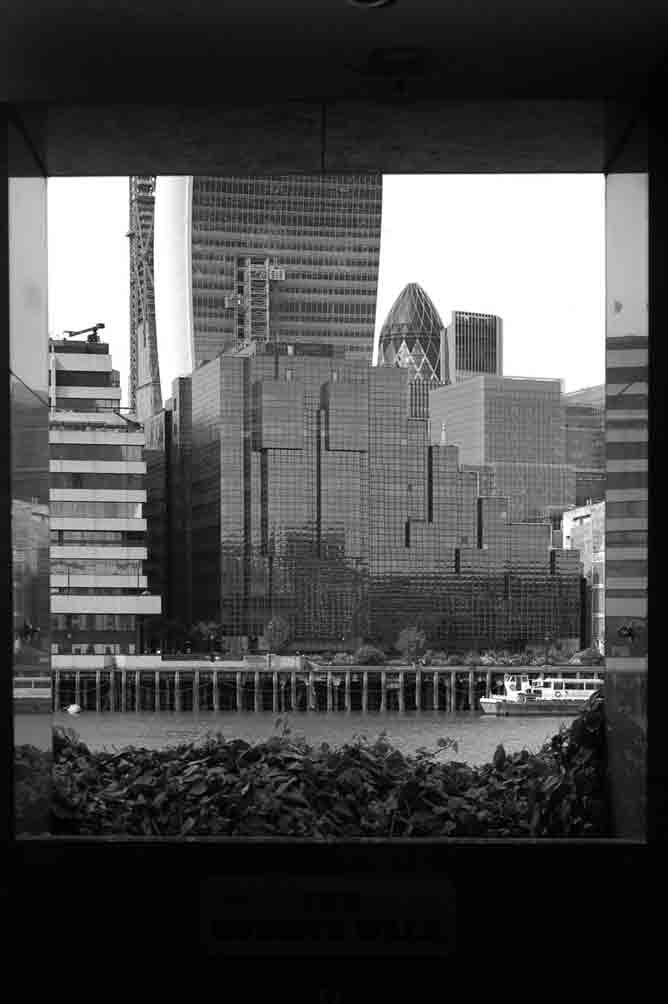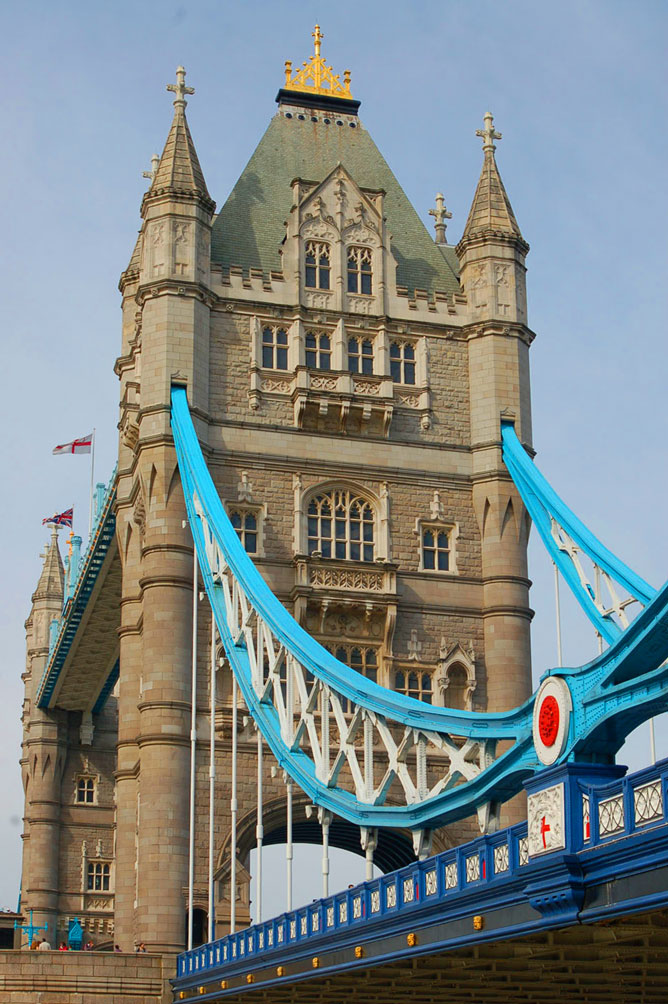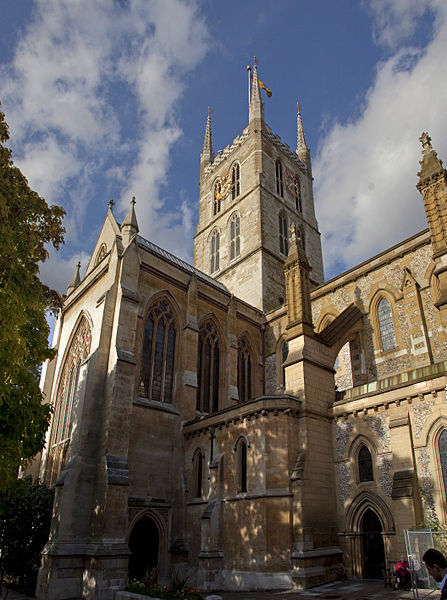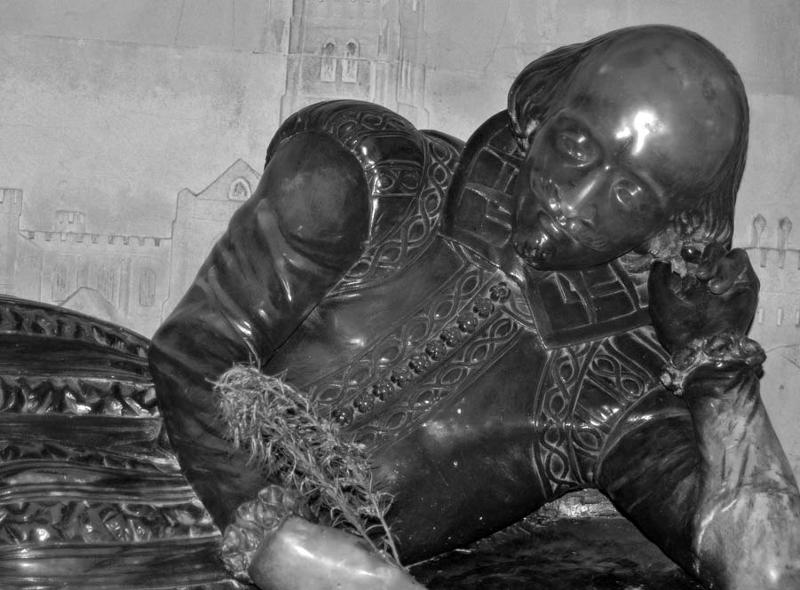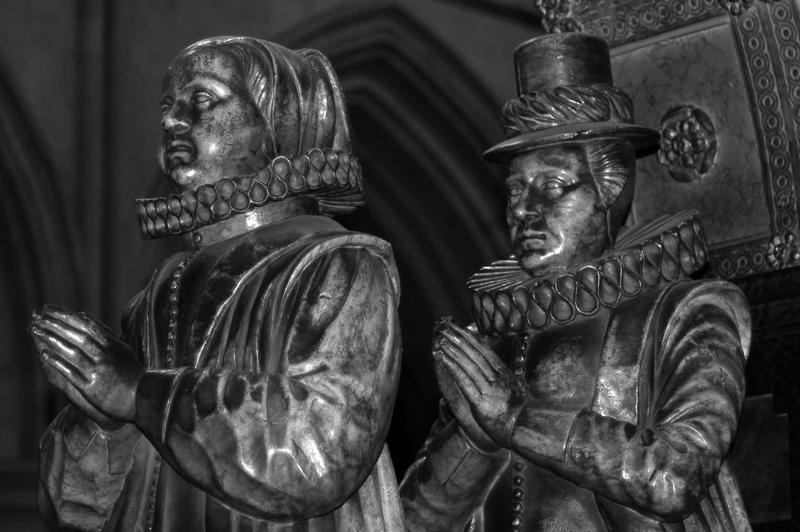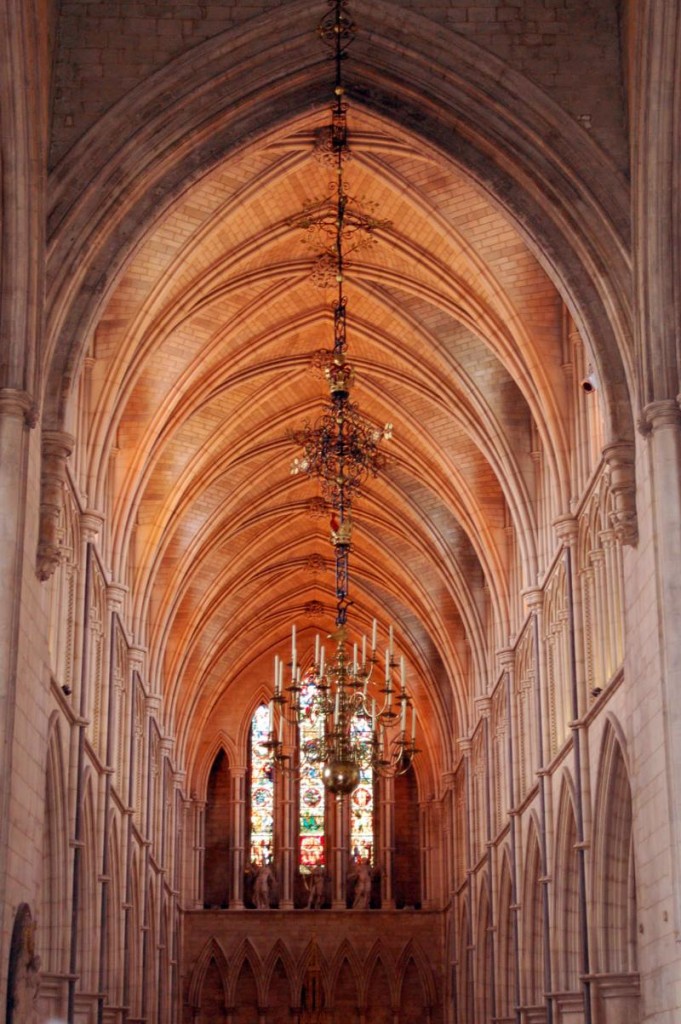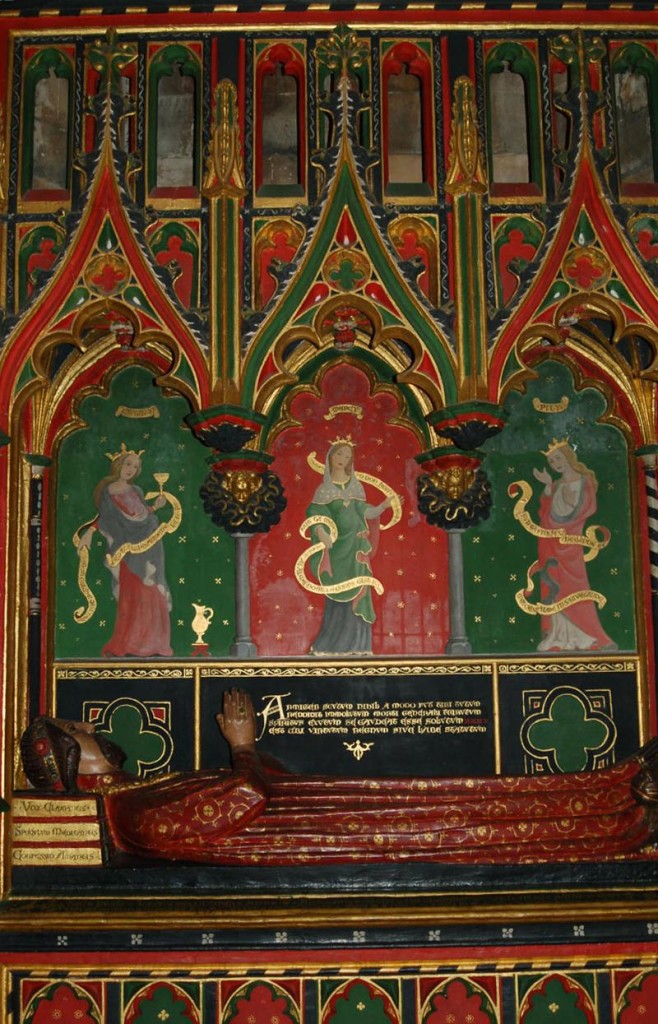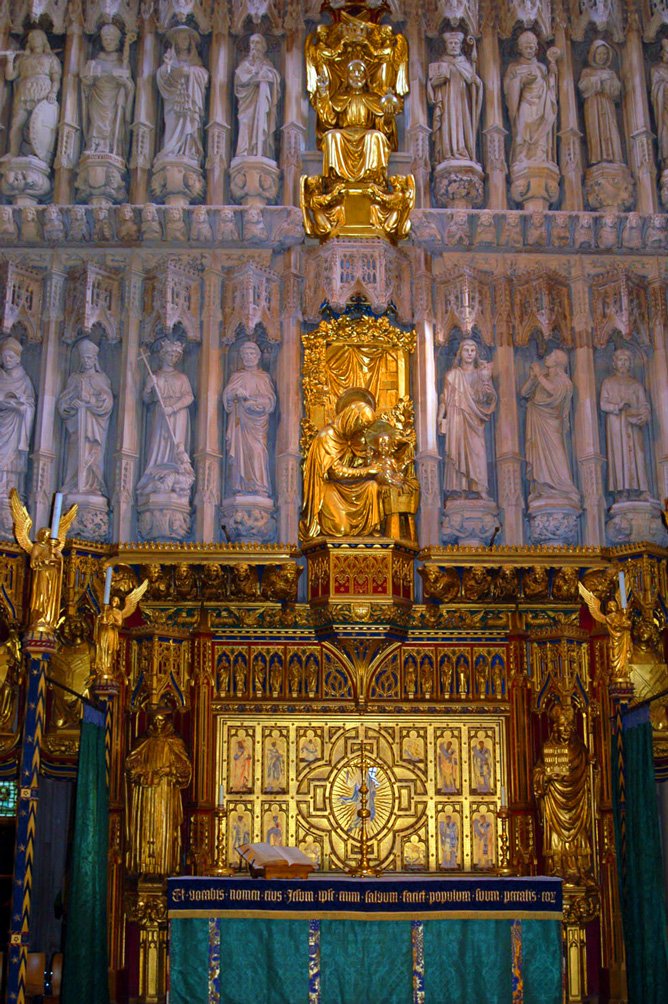
THE CITY
The “City” of London is distinct from the city that is called London.
It has its own police force and laws.It’s own Mayor. The monarch has to ask permission from that Mayor to enter the City.
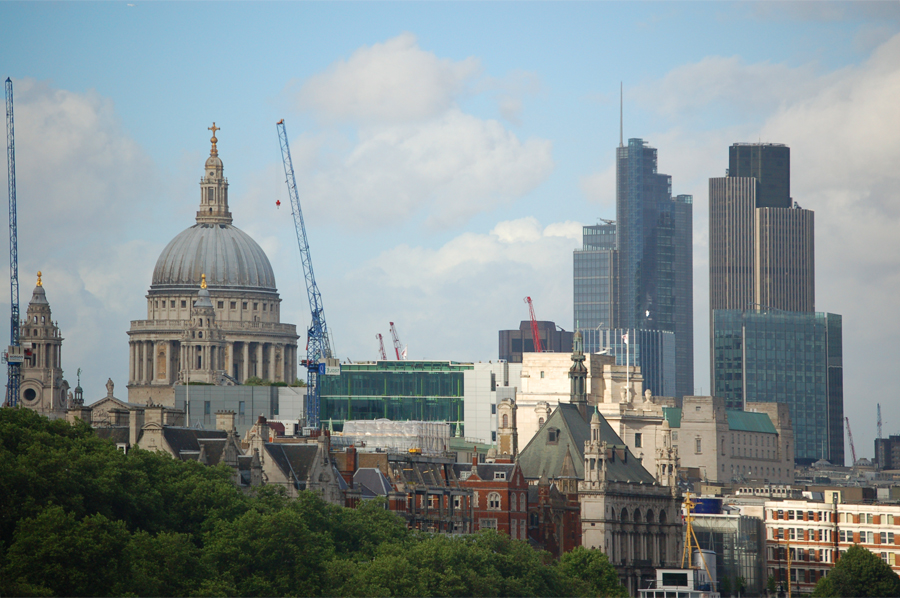
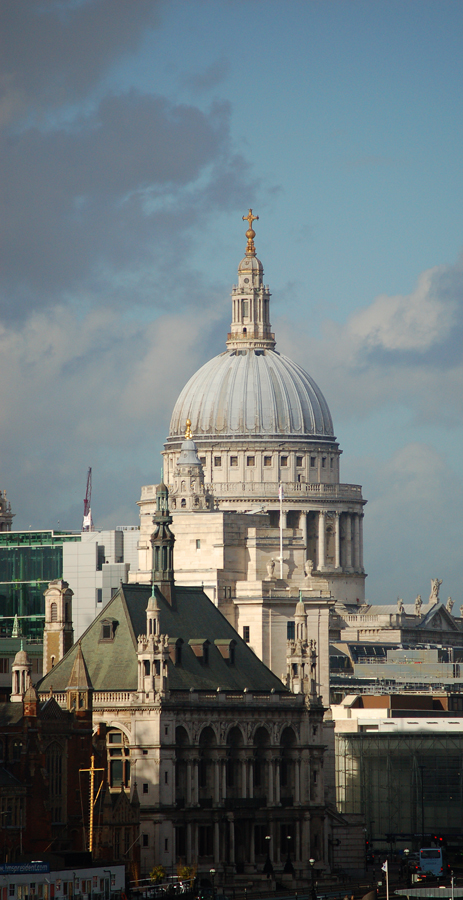
Christopher Wren also rebuilt 51 churches that surrounded the original Cathedral.
Many are now gone but some still survive hiding away behind new modern glass office blocks.
Below-The spiral staircase that leads to a grand view atop St Pauls.
Below-St Pauls sits upon Ludgate Hill so named after the pre Roman King Lud.
This statue of him with his two sons once sat upon the entrance to the City from the west or Ludgate. Now it is in the old Church of St.Dunstans.
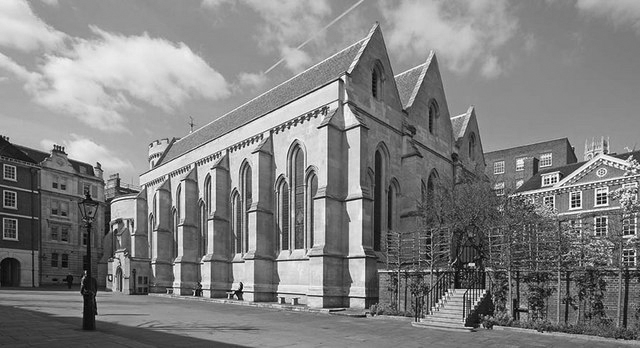
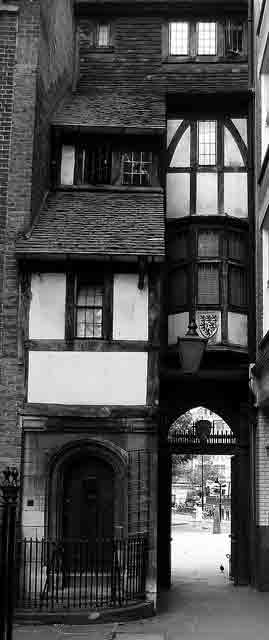
It was built in 1875 near the site of a thirteenth century Dominican Priory, which gives the area it’s name and was the inspiration for the pubs design.
Totally charming and more like a church inside than a pub. A profane church. It is decorated in the Nouveau end of the Arts and Crafts style, with mottoes on the walls such as -Haste Is Slow, Industry Is All – and friezes of monks with animals ears going about the business of collecting eels and boiling eggs and making brew.
The reasonable exterior does not prepare you for the extraordinary interior. The immediate impression is that of an extravagantly ornate church, or scaled down cathedral, every inch decorated in marble, mosaic or bas-relief sculpture.
Details appear after awhile such as the various figures perched on the mouldings. This one below is reading a book upside down.
This one playing a concertina. 
In the 1960’s Sir John Betjeman, who later became the Poet Laureate of England, led a campaign to save the Black Friar from demolition. Thanks to him and his supporters we can still enjoy this delightful pub.
It is amazing to think that buildings such as this were even considered for demolition but the sad fact is that many fine buildings were swept away in the post war rush to rebuild and modernize.
________________________________________
Here are some.
Barges and warehouses lined the river which brought the wealth of Empire right into the heart of the City. The ships are gone now and the river is quiet.
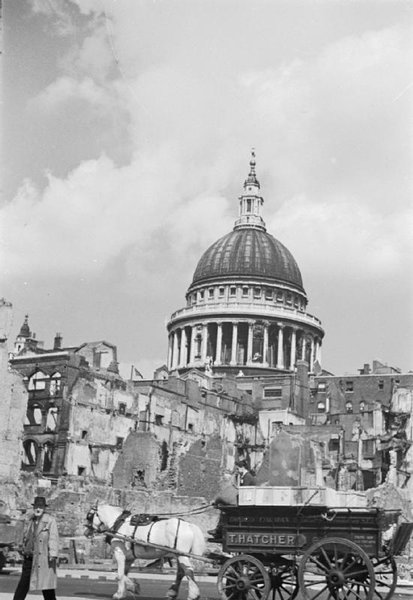
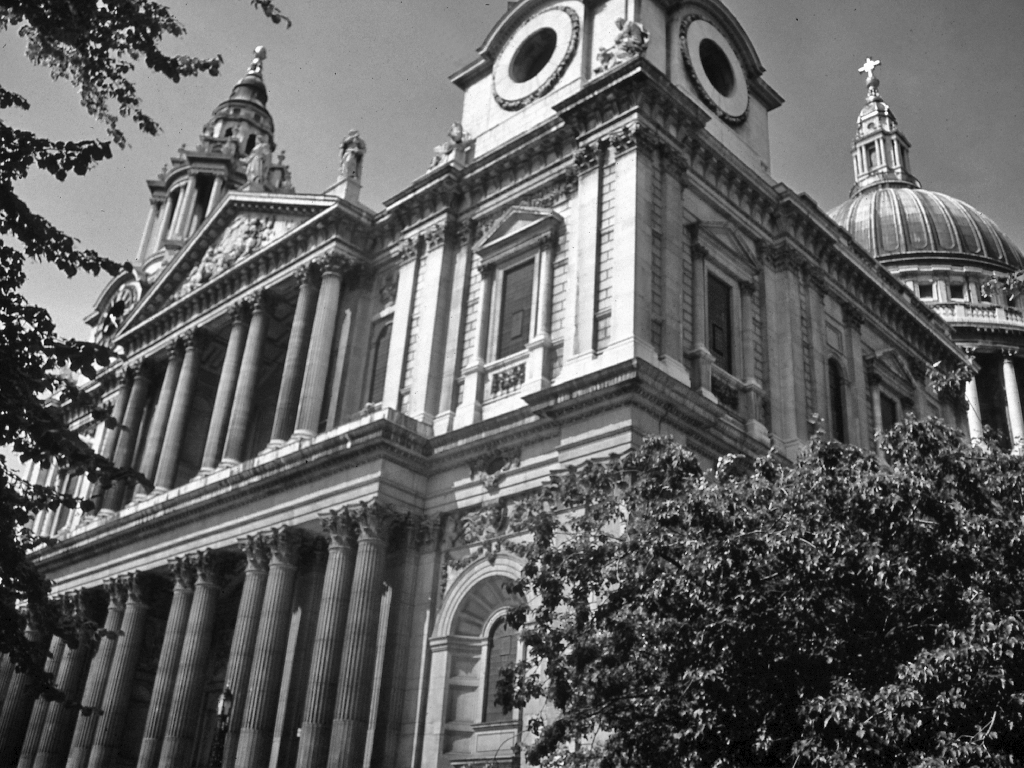
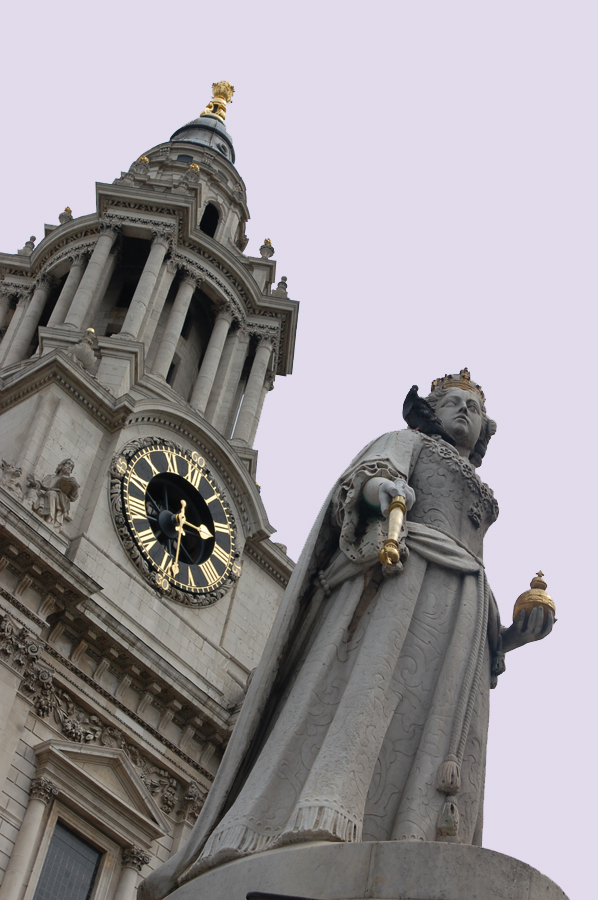
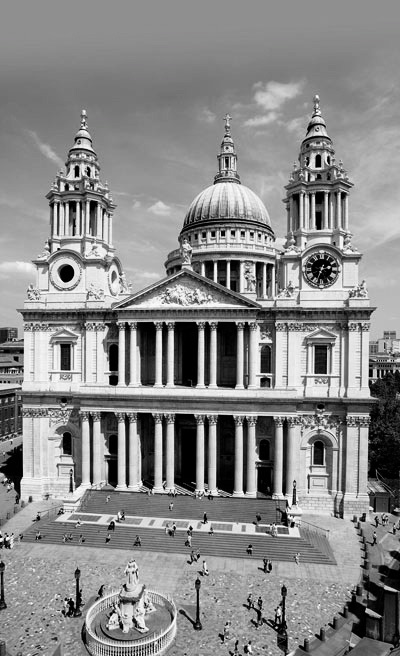
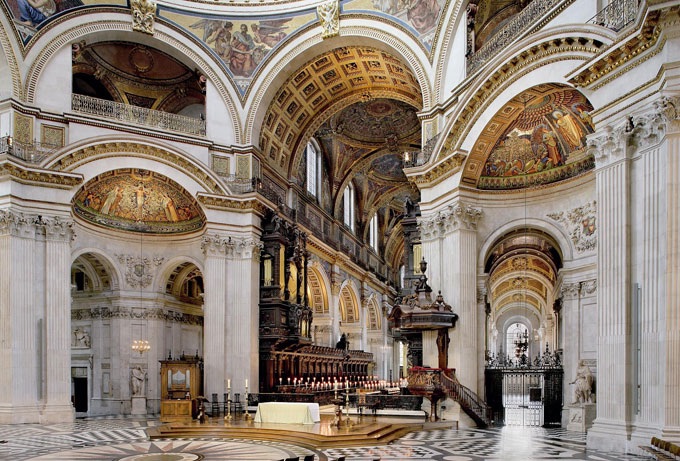
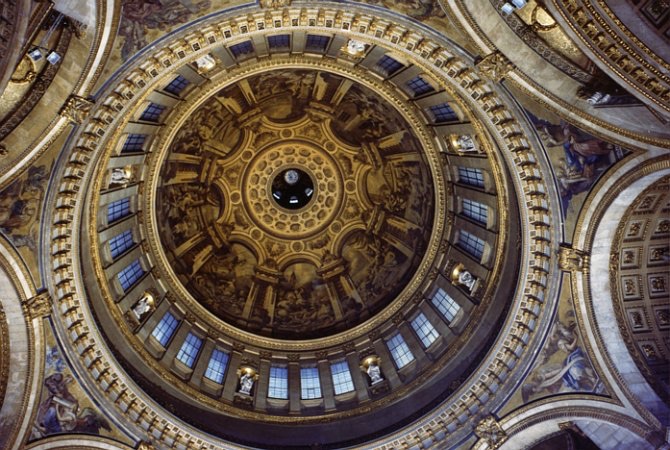
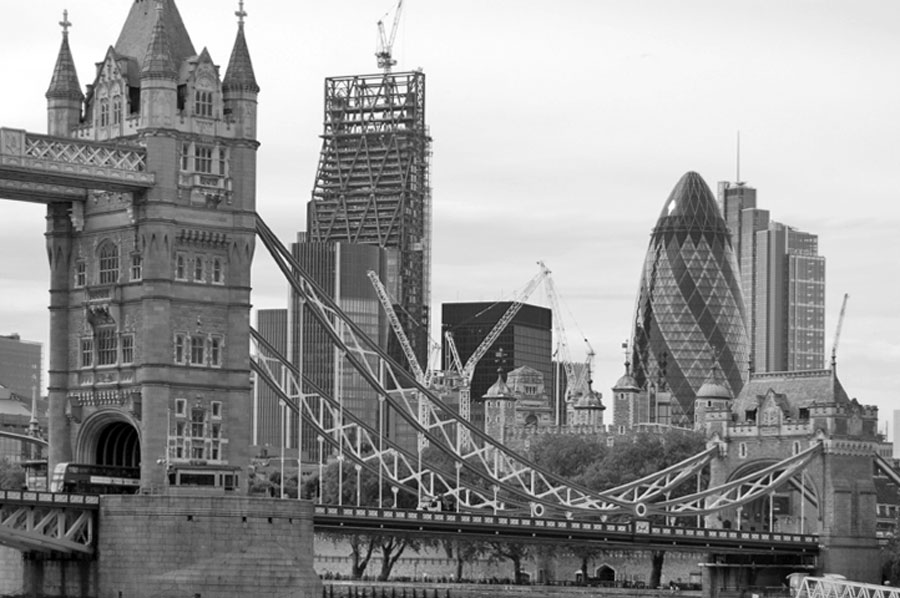
Tower Bridge now is dwarfed by a new skyline developing in the City.
Now after all the passing years they are listed as preserved examples of that period and house the National Theatre and various music venues.
Great views for those who lack vertigo.
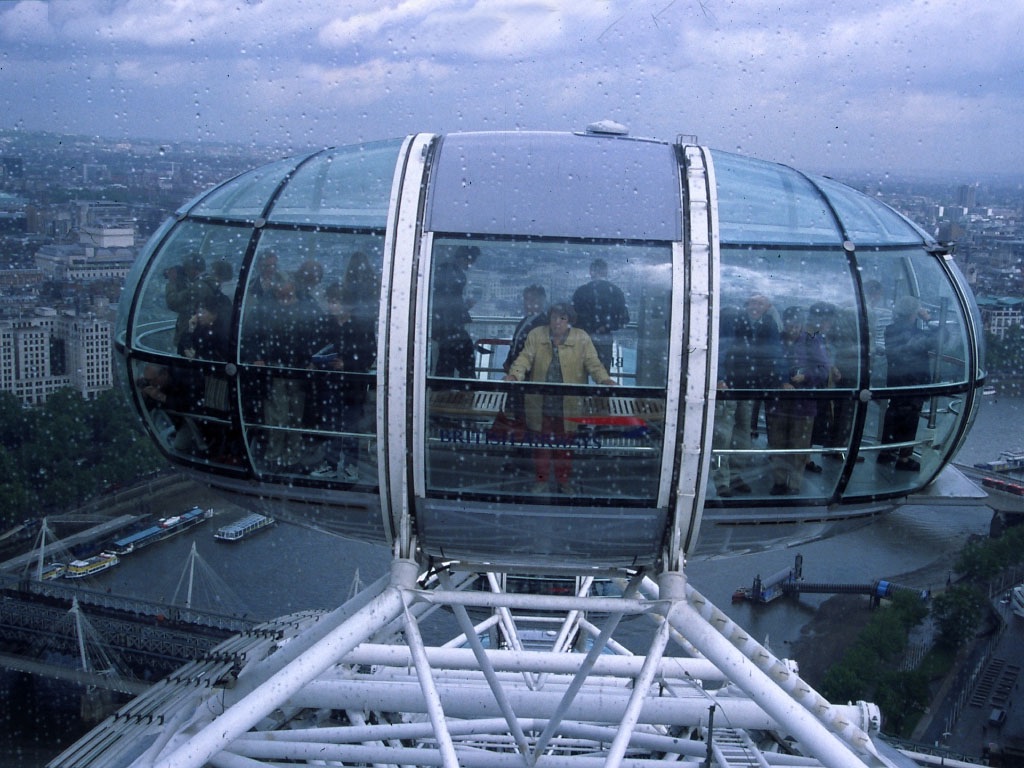
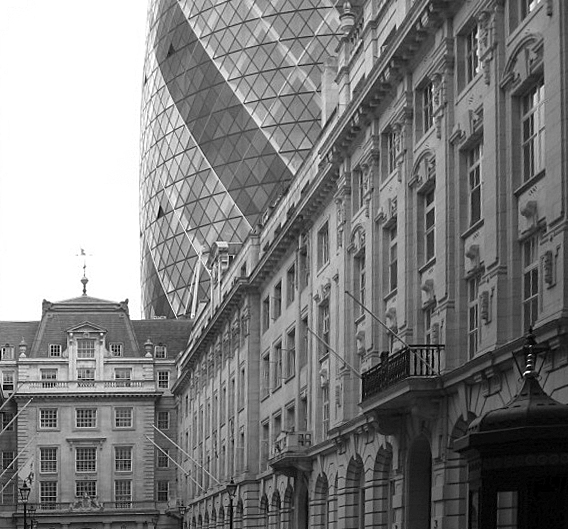
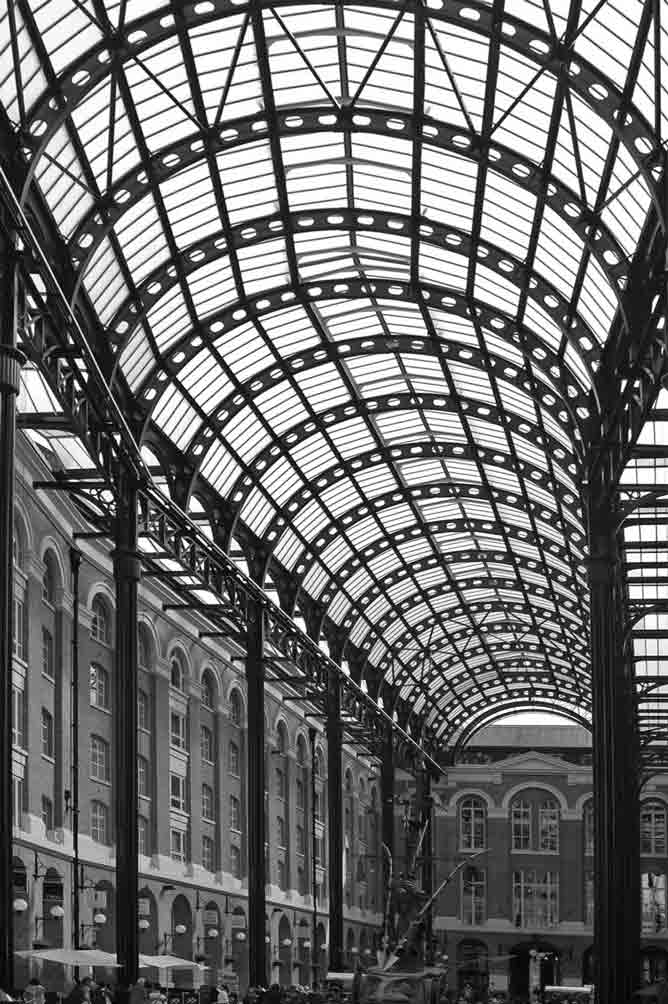
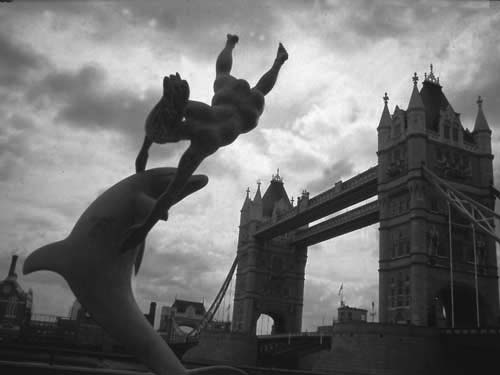
Below-The infamous Tower of London.
